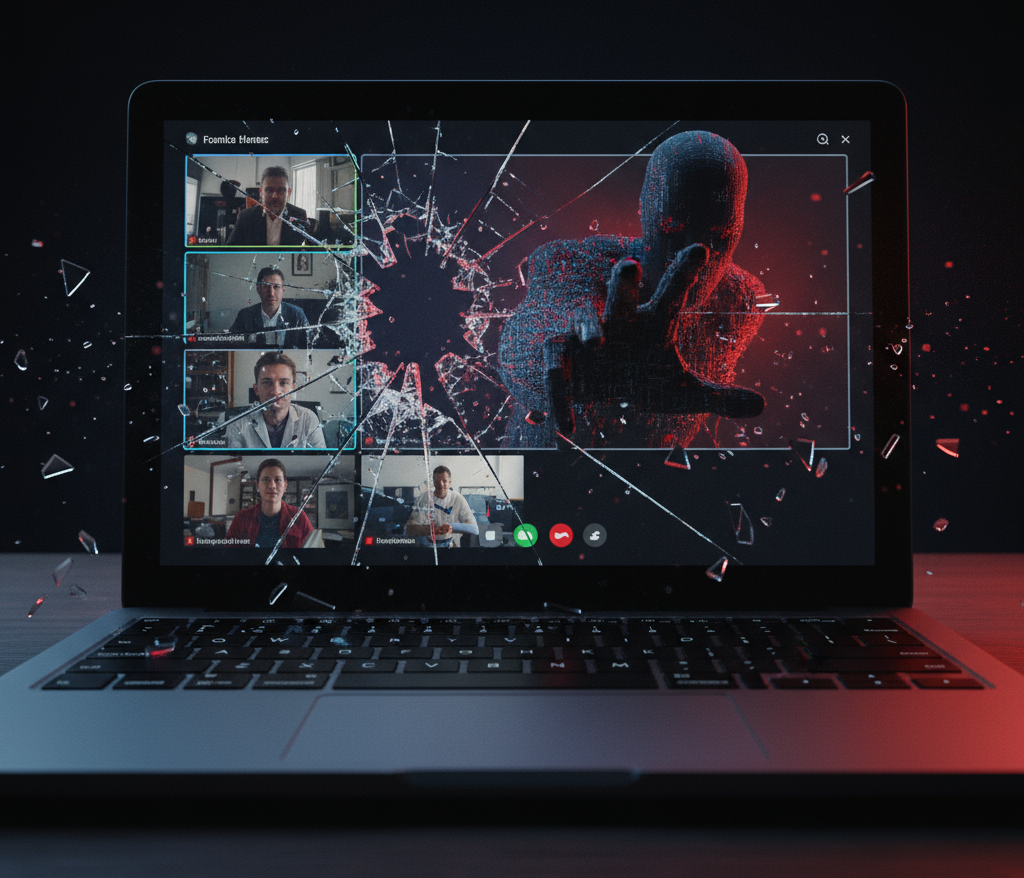Security teams hate surprises; therefore, this one demands fast action. Docker Compose CVE-2025-62725 exposes a path traversal flaw that allows arbitrary host file overwrites when Compose resolves malicious remote OCI compose artifacts. Because even read-only commands may touch disk, defenders should treat this as a priority update across desktops and CI.
Procurement rarely blocks developer tools quickly; however, this issue lives in day-to-day workflows. Consequently, any environment that pulls remote compose artifacts intentionally or through convenience faces unnecessary risk until it moves to v2.40.2. Meanwhile, teams should limit artifact sources and verify provenance to keep pipelines trustworthy.
Docker Compose CVE-2025-62725 Enables Arbitrary Host File Overwrite
Attackers gain leverage when a developer or runner invokes Compose in a directory tied to a crafted artifact. As the artifact resolves, annotations influence where Compose writes files. Because the flaw joined attacker-controlled values with a local cache path, a malicious layer could escape that path and overwrite arbitrary files on the host. Therefore, desktops, standalone Compose installations on Linux, CI/CD runners, and cloud developer sandboxes all fall within scope. Furthermore, exposure does not require exotic commands; in some cases, common read-only invocations such as “docker compose config” or “docker compose ps” still create write activity that the flaw can abuse.
Path Traversal via Malicious OCI Compose Artifacts
Compose supports resolving remote OCI compose artifacts. Under CVE-2025-62725, certain annotations within those artifacts guide file paths on the host. When Compose trusted those values, a crafted layer could escape the intended cache directory. Because of that design gap, a path traversal emerged. As a result, an attacker needed only to place a malicious artifact where a victim’s workflow would fetch it or reference it indirectly.
Cache Escape Leading to Targeted Host File Overwrites
First, the attacker publishes a malicious compose artifact in a registry. Next, the victim runs a benign Compose command in a project that resolves that artifact. Then, Compose processes the crafted annotations and writes outside the cache, overwriting targeted host paths. Finally, the overwrite can seed subsequent execution or blunt integrity controls depending on the file selection and local privileges. Because the vector abuses normal compose resolution, many developer and CI environments become attractive targets.
Compose Cache Path Writes and Registry Pull Anomalies
Analysts should review compose cache directories and recent file changes adjacent to cache paths. Additionally, they should examine registry access logs for unexpected compose artifact pulls, inspect annotation values within artifacts, and correlate Compose executions with unusual host file writes. Meanwhile, CI logs often reveal artifact origins, resolver decisions, and write operations close to the event time. Therefore, teams should retain these logs long enough to reconstruct the sequence.
Verify Artifact Provenance and Host File Integrity
Security engineers should confirm whether projects or pipelines resolve remote compose artifacts. If they do, they should enumerate artifact sources, validate provenance, and check whether any projects executed Compose before the patch landed. Because the flaw allows writes even in read-only command flows, engineers should also compare file integrity baselines for high-value directories. Additionally, defenders should query EDR for Compose processes that preceded unexpected writes, then verify whether those hosts fetched artifacts from unknown registries.
Patch Docker Compose to v2.40.2 and Restrict Sources
Remediation remains straightforward yet urgent. First, upgrade Docker Compose to v2.40.2 across desktops and CI. Next, clear compose caches that might contain malicious layers. Then, restrict remote compose artifacts to trusted registries only, and require signatures or attestations where available. After that, rotate credentials that could be exposed by overwritten configuration files or tokens. Finally, monitor cache paths and targeted system directories for further anomalous writes. Because the patch closes the traversal, teams regain safe defaults once policy and hygiene catch up.
CI/CD Supply-Chain Controls and Signed Compose Artifacts
Supply-chain risk hides in convenience features. Therefore, organizations should treat remote compose artifacts like any third-party code: enforce allowlists, require provenance, and gate merges on policy checks that reject suspicious annotations. In parallel, teams should document rollback and restore procedures for developer workstations and CI runners, since rapid recovery prevents small overwrites from growing into outages. Moreover, leadership should invest in artifact signing and build attestation so downstream consumers can verify integrity with confidence.
Disclosure Through v2.40.2 Fix and Patch Adoption
Public disclosure triggered rapid guidance and a patch in v2.40.2. Shortly afterward, security teams began auditing registries, caches, and affected hosts. Because developer fleets and CI runners update on different cadences, organizations should track patch coverage actively until completion.
Update to v2.40.2, Clear Caches, Enforce Registry Allowlists
Immediately update to v2.40.2 and confirm that runners and desktops no longer resolve artifacts with vulnerable behavior. Additionally, enforce registry allowlists, add annotation sanity checks to CI, and alert on file writes near compose cache paths. Then, brief engineering leadership with a short action plan that ties these steps to risk reduction and verified integrity.
CVE-2025-62725 turns everyday Compose usage into a file-overwrite vector. Consequently, organizations should patch now, restrict artifact sources, and watch cache-adjacent paths for unexpected writes. After remediation, teams should retain improved provenance and detection practices, because those controls blunt similar supply-chain flaws before they disrupt delivery.










